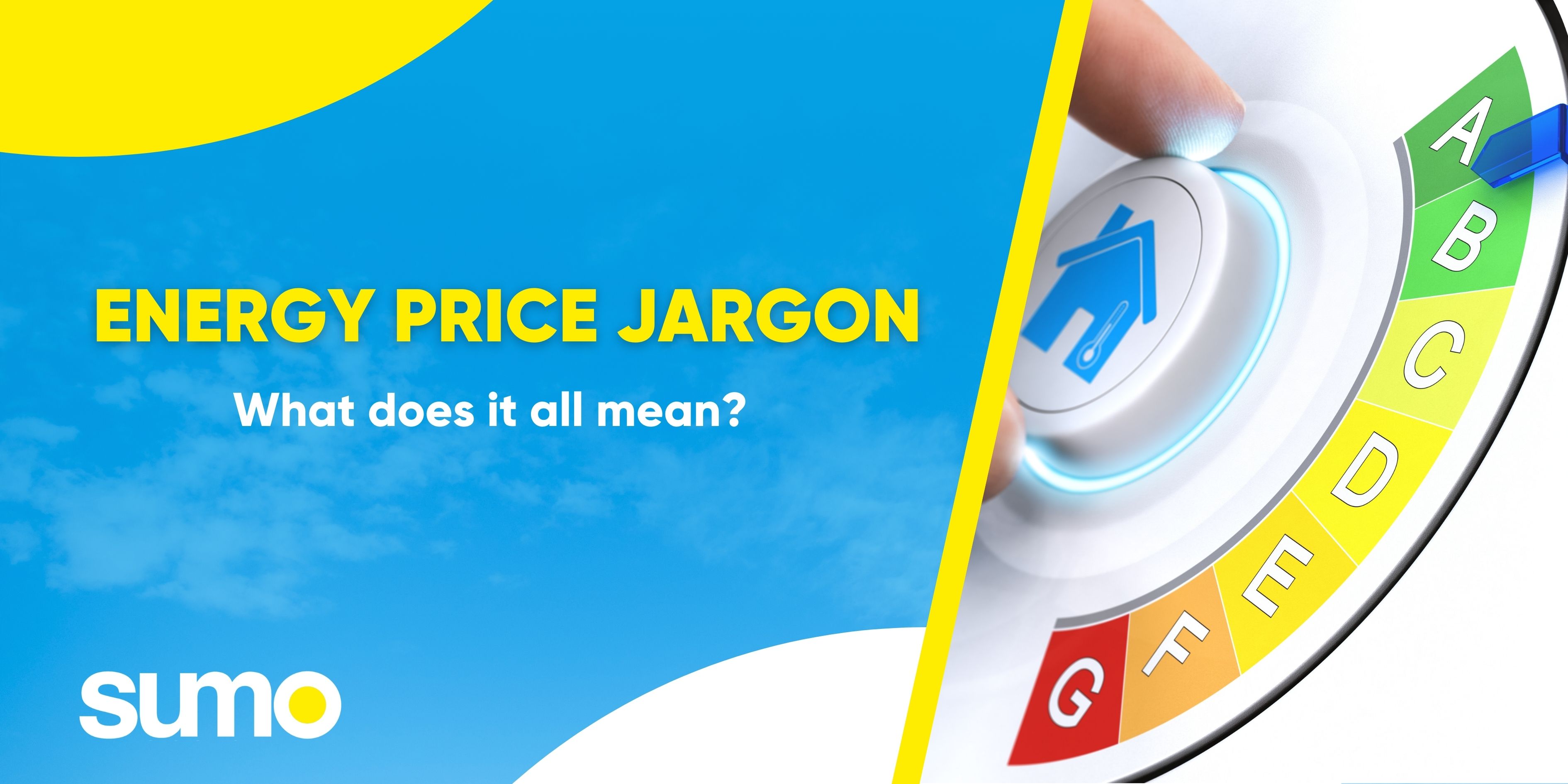When you open your energy bill in Australia, the energy price is usually the first thing you see. But do you understand what those numbers represent? Beyond the cost, there’s a whole lot of jargon that can leave you scratching your head. Terms like NMI, MIRN, kWh, MJ, and others commonly carry essential meanings for electricity and gas bills. In this blog, we’ll break down the key terms for electricity and gas so you can understand your energy bills like a pro.
We’ve pulled the most common terms to help you get familiar with the language of your energy bill. Let's break it down, starting with the basics of electricity and gas.
Electricity Jargon
Electricity in Australia has terms that can be confusing if you're unfamiliar. Here’s what you need to know to make sense of your bill apart from your energy price numbers.
1. NMI (National Metering Identifier):
The NMI is a unique 10- or 11-digit number that identifies your electricity connection point. Every connection to the Australian national electricity grid is assigned its own NMI, which you can find on your bill in the ‘Total Electricity Charges’ section.
Why it matters: Your NMI is essentially your “electricity fingerprint.” If you move house, change your provider, or have an issue with your bill, the NMI is used to track your specific connection point. It helps your energy provider correctly bill you for the energy you consume.
2. kWh (Kilowatt-Hour): The Basic Unit of Electricity
A kilowatt-hour (kWh) measures the amount of electricity you use. One kWh is the energy consumed by a 1,000-watt appliance running for one hour. On your bill, this tells you how much electricity you’ve used over a set period (usually a month).
Why it matters: Your kWh usage determines most of your electricity charges. Reducing the number of kWh you consume is one of the most effective ways to lower your electricity bill. Efficient lighting, smart thermostats, and energy-efficient appliances can help cut down your usage.
3. Fixed vs. Variable Rates: Price Stability vs. Market Fluctuations
In Australia, many energy providers offer fixed or variable rates. With a fixed rate, your electricity price is locked in for a specific period (usually 12 or 24 months), offering price stability. The cost per kWh can fluctuate at a variable rate depending on the market.
Why it matters: If you have a fixed-rate plan, your bill remains predictable, but it may not always be the cheapest option in the long term. A variable rate may save you money if prices are low, but it can also lead to higher costs when the market is in flux.
4. Time-of-Use Pricing (TOU): When You Use Energy Matters
Many electricity retailers offer Time-of-Use (TOU) pricing, where the cost of electricity changes depending on when you use it. Rates are typically higher during peak periods (e.g., late afternoons and evenings) and lower during off-peak times (e.g., early mornings or weekends).
Why it matters: You can save money by shifting your energy-intensive tasks (running the washing machine or charging your electric vehicle) to off-peak hours. Understanding your TOU schedule can help you make smarter energy usage decisions.
Gas Jargon
Now, let’s break down the key terms of your gas bill. While gas bills may seem simpler, there are still important terms to understand.
1. MIRN (Meter Installation Registration Number):
The MIRN is a unique 11-digit number that identifies your gas connection, similar to the NMI for electricity. Natural gas suppliers use it to track your gas usage and service.
Why it matters: Your MIRN is essential for identifying your gas connection point. You’ll typically find it on the second page of your gas bill. It’s helpful if you’re moving, changing providers, or disputing a charge.
2. MJ (Megajoules): The Unit of Gas
Gas is typically measured in Megajoules. MJ is an abbreviation for megajoule, a unit of energy equivalent to one million joules.
One MJ equals the energy required to heat one million grams of water by one degree Celsius. Your gas usage is measured in MJ, determining how much you’ll be charged.
Why it matters: Understanding MJ helps you see how much gas you use for heating, cooking, and hot water. Like electricity, reducing your gas consumption will directly impact your bill.
Whether you are trying to reduce your electricity consumption or manage your gas usage, understanding the jargon on your bill is key to taking control of your energy costs. By familiarising yourself with terms like NMI, MIRN, kWh, MJ, and others, you can make informed decisions about your energy usage, choose the best plans for your needs, and even find ways to reduce your consumption.
In Australia, energy prices are influenced by market conditions, time-of-use, and seasonal demand. By learning how to navigate these terms, you’ll be empowered to make smarter choices about how and when you use energy—and possibly save money.
Next time you check your bill, don’t just look at the final number. Take the time to decode the jargon, and you'll better understand what you're actually paying for.
Want to find a better energy deal?
Start comparing energy prices today by leaving your postcode below and see how much you could save!


No Comments Yet